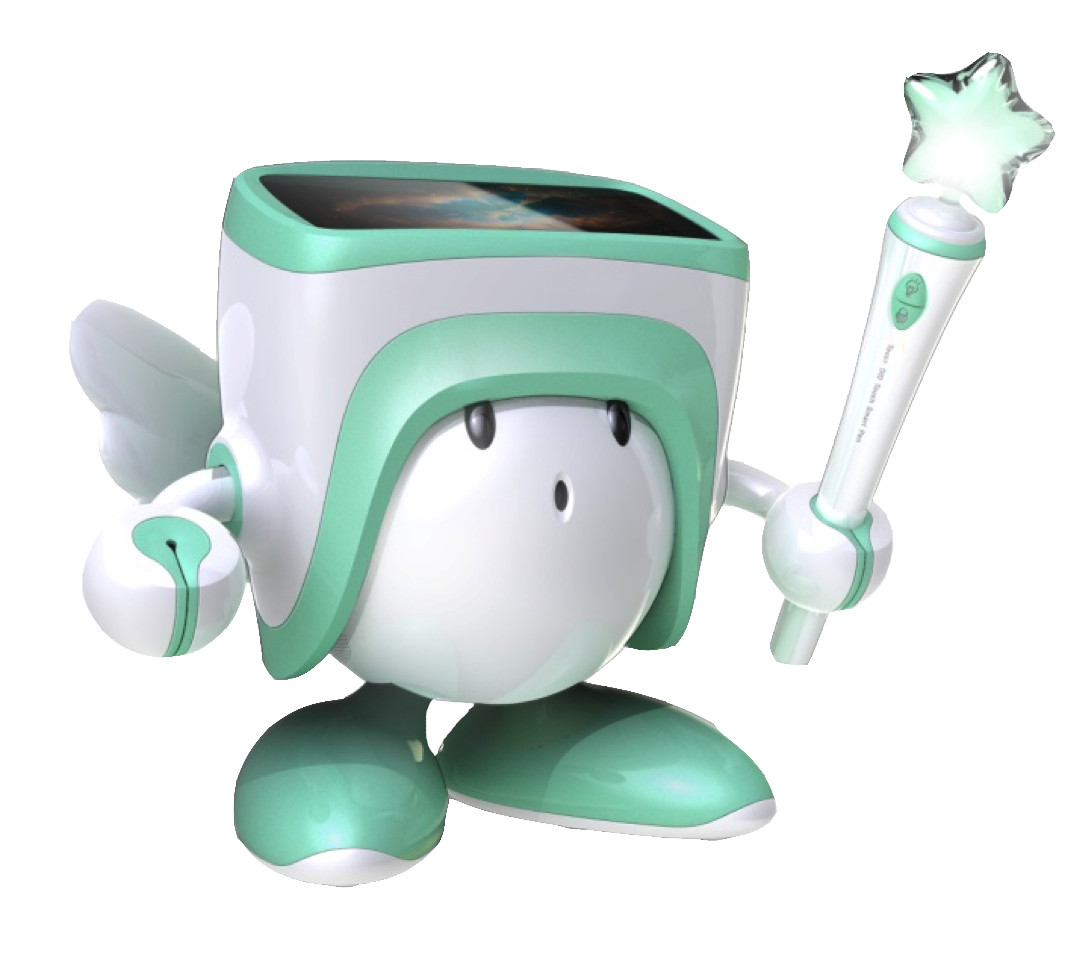Project DEAR

Designing Engaging and Affable Robot (DEAR)
For young children, learning is playing. They learn in a social context while they play with others, observing and interacting with them. Creating a social context, therefore, is critical in designing learning technology for young children.
The DEAR team designs and studies the efficacy of robot-based educational apps for kindergarten-aged children who learn fundamentals of school subjects in the US and other countries. An embodied, toy-like robot acts like a friend. Children learn the topic naturally while playing a game with the robot and helping the robot solve a problem, individually or in a small group. This experience could stimulate children's interest and engagement in the topic and increase their learning.
DEAR Apps for SK-Telecom
Since December 2012, our team has been working on the development of English learning applications, sponsored by the international corporation SK-Telecom (www.sktelecom.com). The target learners are the children in preschool through elementary school, who learn English as a second/foreign language. To date, three 10-minute apps have been developed to teach shapes, colors, and letter-sound correspondence. The learning activities include singing along with the robot, playing games, and exploring an I-spy book where children are asked to help find the passcode to launch the robot's spaceship.
In an iterative cycle of the development process, we conducted multiple rounds of design and user testing during the spring of 2013.
Conditions of User Testing:
- Contexts: school and home
- Ages of children: 3 -7 years old
- Home languages: Spanish, Chinese, Korean, & Somali
- Number of sessions each child had with the robot: 1 - 5
- Number of children using the robot at the same time: 1 - 2
Results:
All the children persistently engaged in the play with the robot for over an hour each time and desired to play more. None of the children tested in schools were distracted by environmental noises created by the teacher and classmates in the same room. The children effectively mimicked the robot's speech in English, regardless of their English proficiency levels.
DEAR Team
- Yanghee Kim, Ph.D.
- Kathleen Mohr, Ph.D.
- Diantha Smith
- Nathan Sayre
- Namju Kim
- Tianyu Chen
- Ryan Burdo

